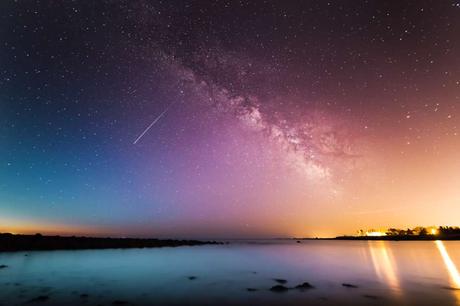
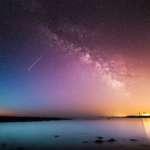
There are a lot of reasons to look skyward lately. Not just because 2020 is making Mars’s colonization look better than ever. Celestial events pack the sky this year, and the summer’s short months are classic for stargazing. You can see most of these with the naked eye, but if you’ve been debating investing in a telescope, it’s a splendid time to geek out about astronomy. Check out these six stargazing opportunities in June.
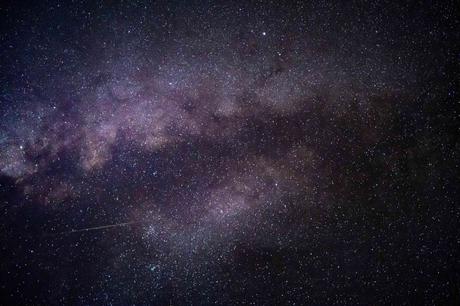 Photo by Ferdinand Stöhr on Unsplash
Photo by Ferdinand Stöhr on Unsplash
Corona Borealis (no relation)
May-October, Worldwide
Also called “The Northern Crown,” it’s seven stars directly overhead the Northern Hemisphere. The faint C-shaped constellation hangs around until fall and is most visible in a dark sky. Look for two bright stars, Vega in the Lyra constellation and the red giant star Arcturus. Corona Borealis sits between those two bright points.
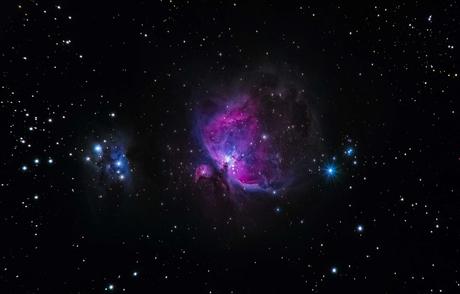
Mercury Rising
June 3rd, Northern Hemisphere
This month Mercury reaches its highest point over the horizon for people in the Northern Hemisphere. Most of the time, the glare of the sun obscures the innermost planet from sight as it whips around its little orbit. But on the 3rd, head outside and look west just after sunset. Straight below Venus, Mercury sticks close to the horizon. You’ll need binoculars or a telescope to see it. Don’t dawdle on your Mercury stargazing; it dips out of sight about an hour and a half after sunset.
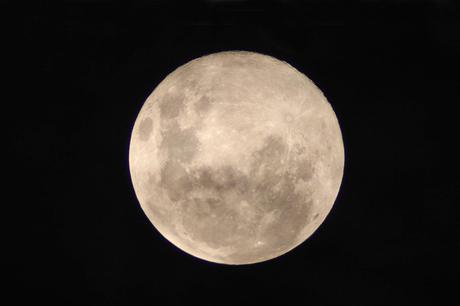
Strawberry Moon
June 5th, Worldwide
June’s full Moon earned its name not for being a more adorable version of the Blood Moon (bummer, we know), but because this is the time of year when wild strawberries ripen. Across the world, it’s also called the Mead Moon, Hot Moon, and Rose Moon. Little-known fact: every month, the full Moon has a new moniker, referencing the time of year. Our favorite? The Beaver Moon in November. People in the Northern Hemisphere won’t have any trouble catching sight of this month’s Strawberry Moon as it hangs low on the horizon. You’ll be able to see it at its most full just after moonrise, at 8:23 EDT.
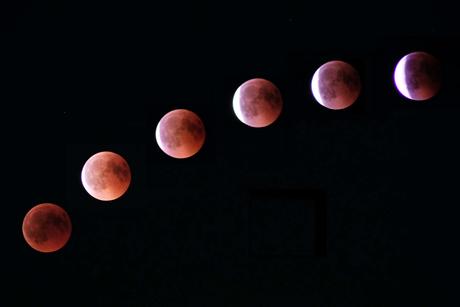
Penumbral Lunar Eclipse
June 5th, Australia, Asia, Europe, and Africa
Parts of the world will watch as the Sun, Earth, and Moon fall into perfect alignment for 3 hours and 18 minutes on the night of June 5th. The Earth will block the sun’s light from reaching the Moon, casting a shadow across as much as 50 percent of the Moon’s visible surface. There are at least two visible penumbral lunar eclipses every year. The next one that will be visible in the Eastern Hemisphere falls on the night of July 4th.
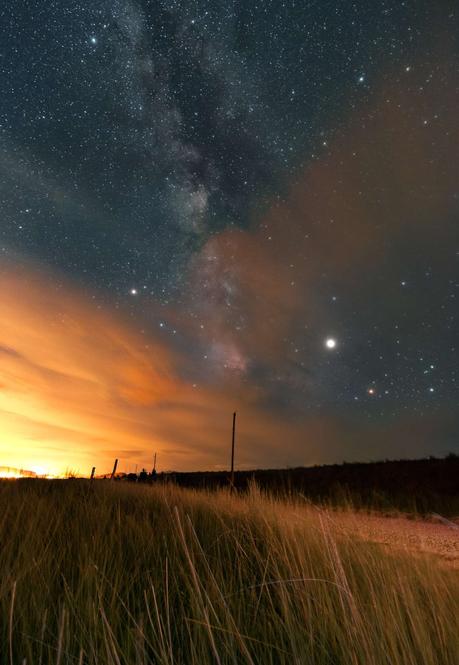
Jupiter, Saturn, and the Moon Visible
June 7th-8th, Worldwide
Called a conjunction by astronomers, three celestial bodies will gather to move through the night sky. Just after sunset, you can watch Jupiter and Saturn join the Moon as it rises over the Eastern horizon. Jupiter shines brighter than any star, and planets shine continuously, unlike twinkling stars. Jupiter and Saturn’s orbits match up every 20 years, so it’s noteworthy to see them together.
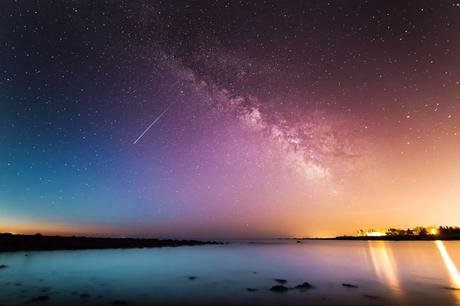
Summer Solstice
June 20th
The shortest night of the year falls on the 20th for the Northern Hemisphere. Because of the Earth’s tilted axis, it’s also the longest night in the Southern Hemisphere. Even though it’s the shortest night, it’s still a grand time for stargazing. What better way to spend your warm summer nights than with a telescope pointed at the sky?
